Directly hit "Star" and discover ⑤: Empirical!Ancient Shu civilization is an important par
Author:Sichuan Observation Time:2022.06.13
The reporter learned from today's (June 13) in the Sanxingdui site archeological excavation staged achievements in the news ventilation meeting that the archeological excavation work of the Sanxingdui site in this round has achieved many attention of the world, which is of great significance.
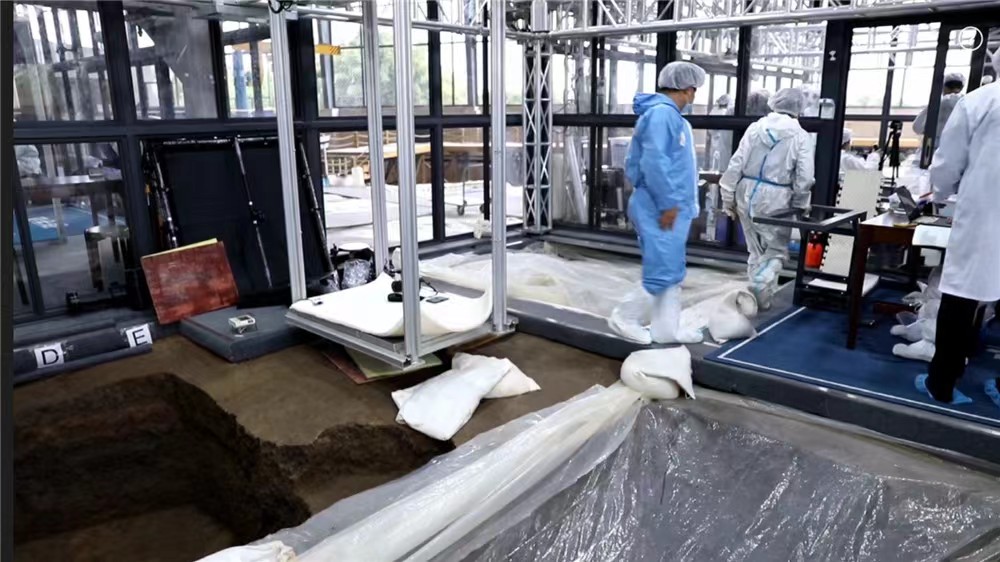
First of all, this round of excavations confirmed the era of Sanxingdui sacrifice pit. After carbon 14 of nearly 200 samples, I found that the annual data concentration was concentrated from 1131 BC to 1012 BC. Similar utensils are similar in place. It can be seen that except for the fifth pit and No. 6 pits, the remaining several pits are consistent. It is the late Shang Dynasty. Disputes on the "sacrifice pit" buried era.
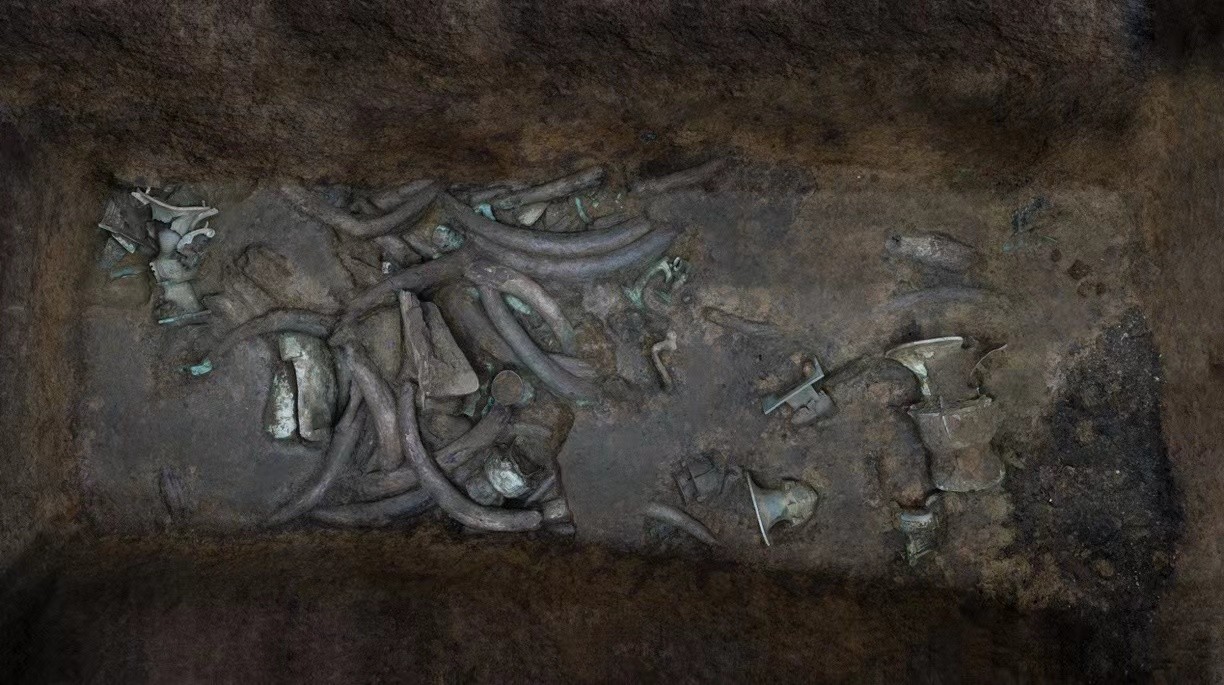
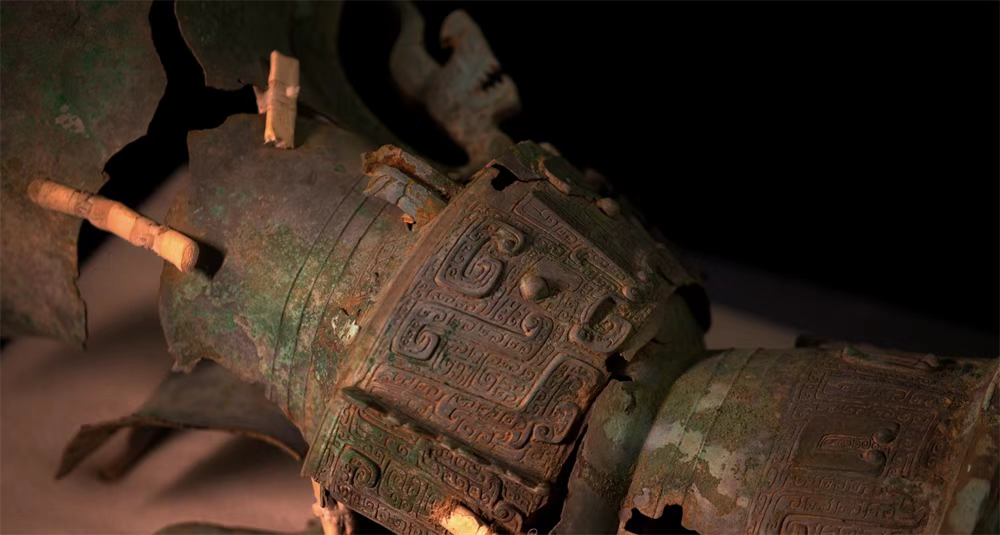
Secondly, the cultural connotation of Sanxingdui is enriched. This excavation unearthed bronze masks, turned to kneel on the portrait, altar, and jade knife, etc., which enriched the bronze category of Sanxingdui sites; research believes that the bronze casting process of Sanxingdui is the Fan cast method and the division of casting method. Combined, technologies such as riveting and core bones are adopted; through micro -observation and silk protein analysis, silk is found in multiple pits, filling the gap of no silk in the summer and commercial period in the southwest; The ashes are mainly bamboo, and there are also southern genus, broad -leaved tree material, palm family, reeds, grasses, cabbage, soybeans, chrysanthemums, etc., indicating that the climate of the ancient Shu Kingdom is warm and humid. The analysis of objects shows that the sacrifices are oxen and wild boars. Many new discoveries present more complete and rich Sanxingdui relics and cultural connotations.
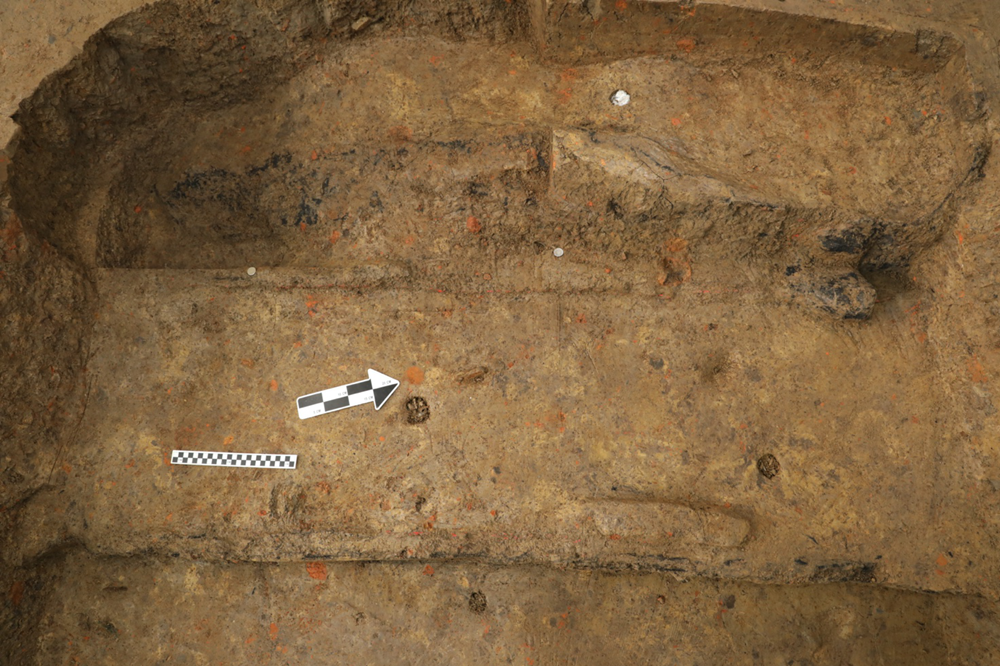
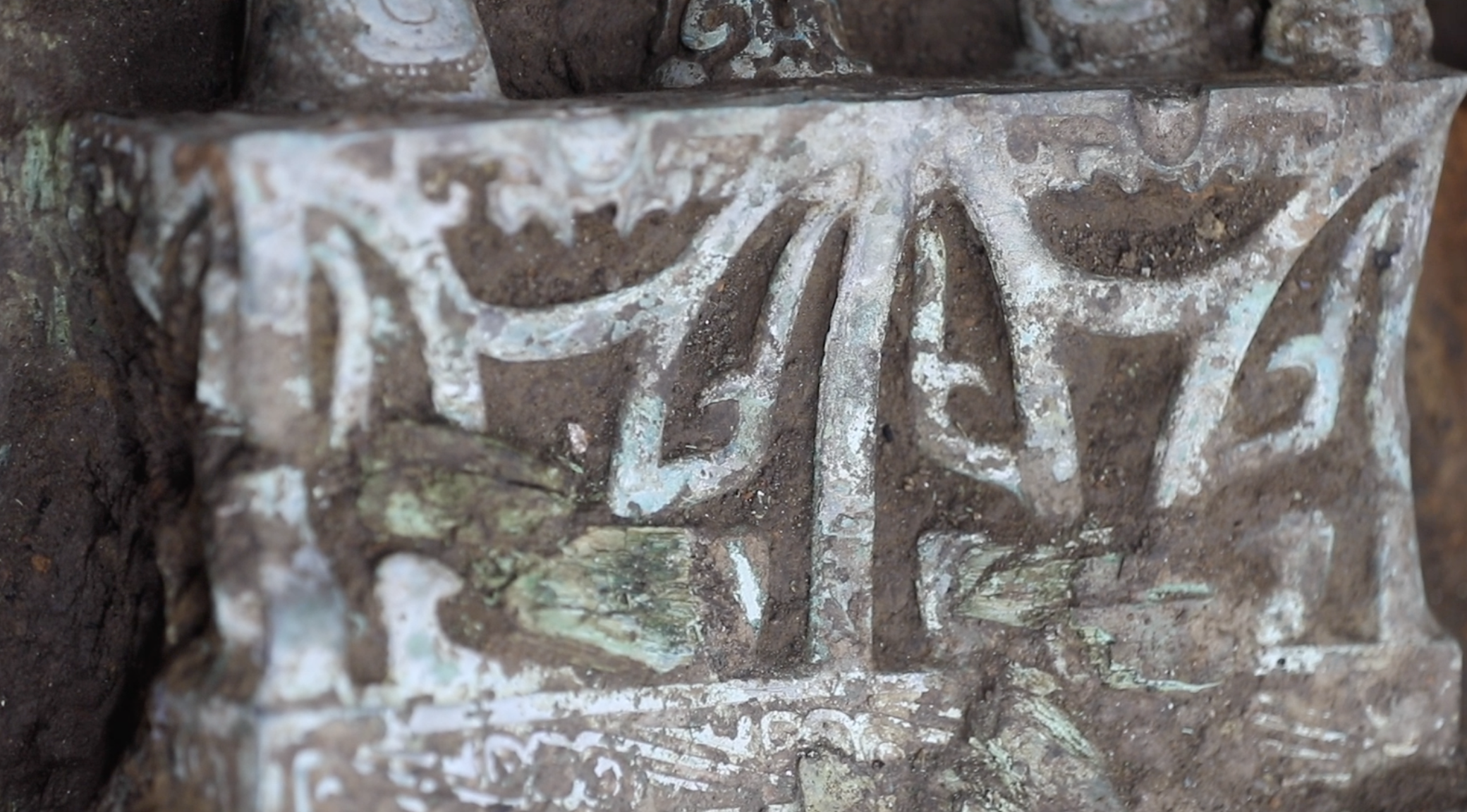
Third, empirical ancient Shu civilization is an important part of Chinese civilization. Several new utensils excavated this time showed that the Sanxingdui site has a close cultural connection with other regions of China. Copper, copper, and copper in the No. 3 Pit and No. 8 Pit are typical bronze in the Central Plains Yin Shang culture; No. 3 No. 3; No. 3 The jade 来自 found in the pit and No. 4 pit comes from the Qijia culture of the Ganqing area; the No. 3 pit, No. 7 pits, and No. 8 Pit are found in Yugu, Jade, Yu Ge in Henan, Shaanxi, Shandong, and the majority of South China. The regions are found; a large number of gold wares discovered in each pit are used in line with the traditional gold wares that have been used in the middle of the moon. The god tree, the portrait of the kneeling, and a large number of dragon image utensils indicate that the users of the Sanxingdui ruins are similar to the ancient people of the Sanxingdui site in the ancient people of the Sanxingdui site in their own identity, etiquette religion, and the natural understanding of the world. He is an important member of Chinese civilization.
In addition, this round of excavation is of great significance in innovation archeology and protection working mechanisms and actively sharing new results to the society. The comprehensive socio -economic benefits driven by "Sanxingdui Hot" have initially emerged. In 2021, the number of visitors to the Sanxingdui Museum reached 1.46 million, achieving a comprehensive income of more than 100 million yuan, an increase of 139.62%and 245.68%compared with 2019, and 380.72%and 452.53%from the same period in 2020.
- END -
It turns out that this is the turtle rabbit race (profound)

Text/Gao XiaolanEveryone has heard the story of the turtle rabbit race.The turtles...
Treasure calendar: Which woman asked the poet but admired her life?
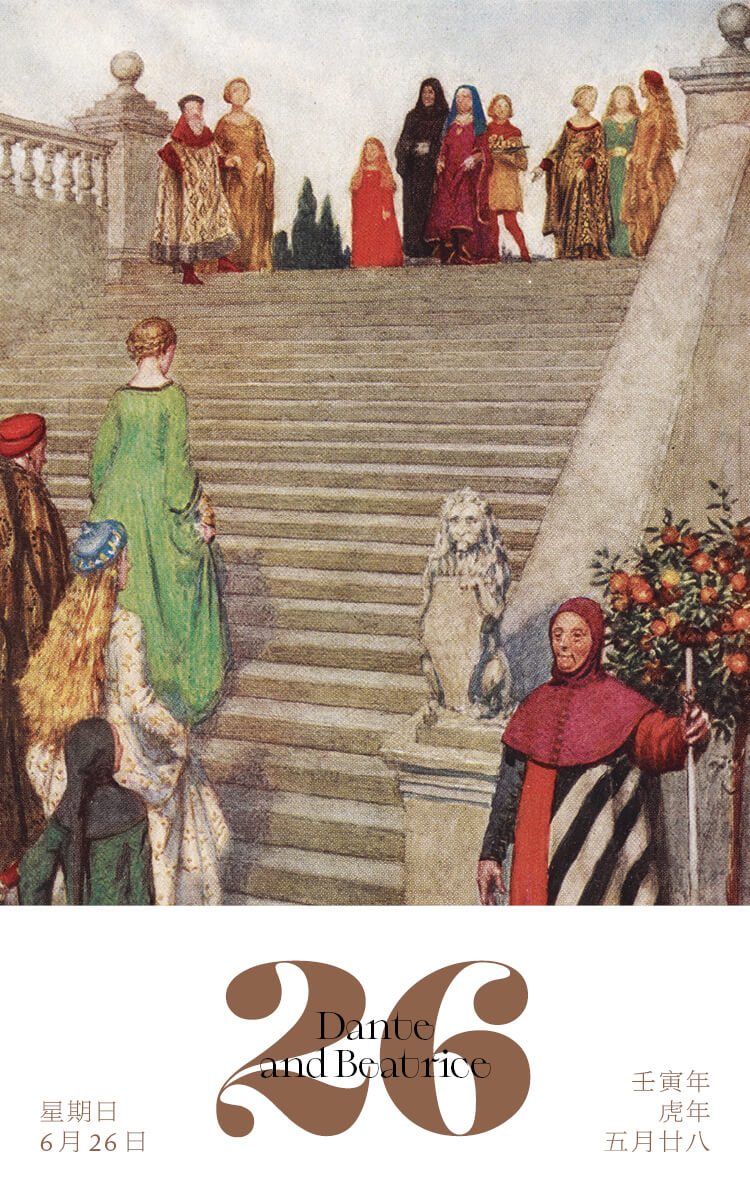
Zhanlu's collection calendar, a civilized treasure every day, customize your exclu...